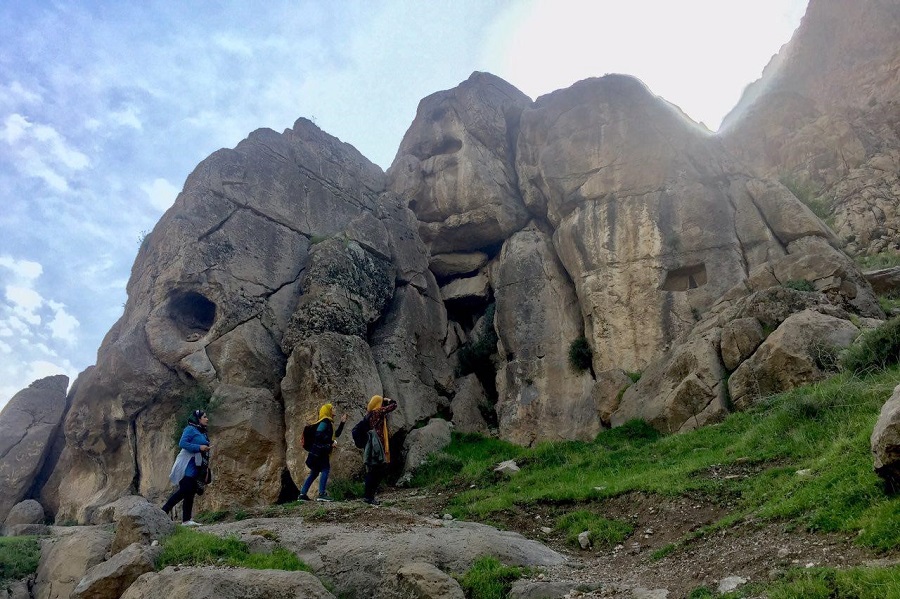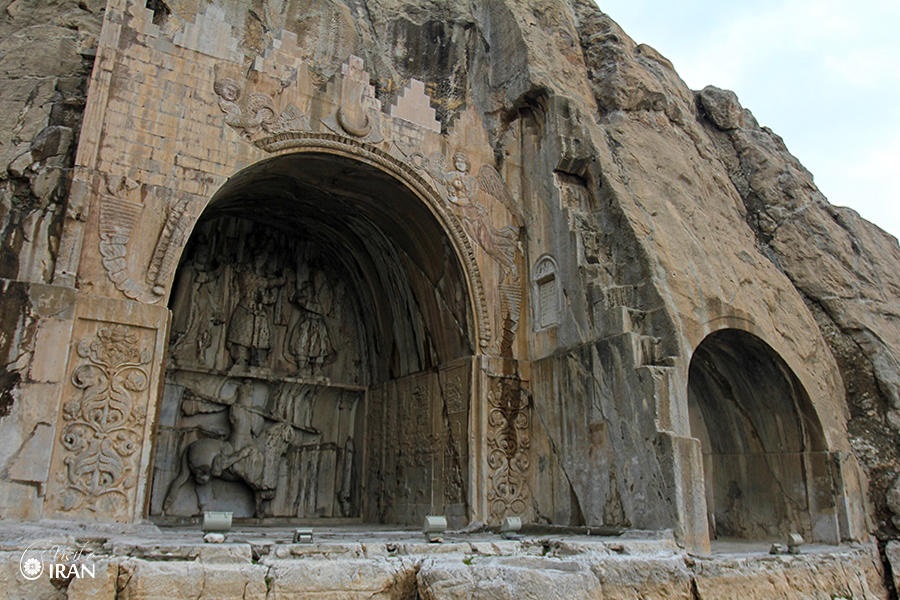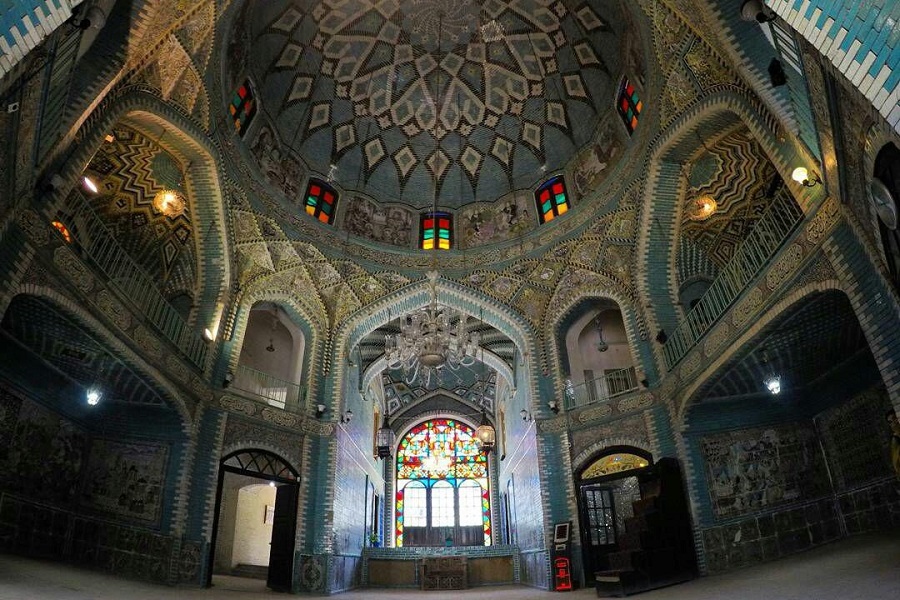 Kermanshah
Kermanshah 
Kermanshah is one of the most rewarding tourist destinations in Iran. Located in the far west of the country, Kermanshah can be included to the route to major cities such as Isfahan, Shiraz, Shahr-e Kord, and Yasuj. Based on archeological findings, Kermanshah’s history dates back to the prehistoric times, making it one of the most ancient regions in Iran. Kermanshah the capital city of the province of the same name has a population of near a million people and is one of the most important exports and imports gates of Iran. Kermanshah is also among the top producers of vital agricultural production such as rice (Iranian staple food), grain, fruits, and vegetables.

Kermanshah’s tourist attractions include a great number of stunning historic and natural treasures. Among these are some of Iran’s most visited historic attractions such as Bisotun and Taq Bostan and wonderful natural sights of the likes of Mount Paraw. In the short paragraphs below, we will take a brief look at some of the favorite spots of Kermanshah tours.
Bisotun is a royal inscription in three ancient languages carved on Mount Bisotun 40 km away from Kermanshah. The languages, all in cuneiforms, are Old Persian, Elamite, and Babylonian. The translation of the script in the 19th century was crucial to the decrypting of the previously indecipherable ancient languages. Carved on a limestone cliff 100 meters up Mount Bisotun, the inscription is flanked by a set of reliefs of historic characters. These show Darius the great sitting on the throne while his enemies in chains are being humiliated at his feet. The inscription isn’t the only historic site in Bisotun complex. There are more than 15 other monuments from different eras of Iranian history such as the ruins of Bisotun Palace and the extraordinary Seleucid Statue of Hercules.

Taq-e Bostan is the given name of a historic site from 4th century AD that is comprised of a set of huge rock reliefs of Sassanid royalty and their attendants. The site is turned into an archeology park and lies 5 km from Kermanshah in the foothills of Zagros mountains. A sublime instance of the Iranian art of the Sassanid era, Taq Bostan includes the reliefs of the Persian kings Shapur III and Ardashir II in a royal crowning ceremony. The Roman emperor Julian is also represented as a captive at the feet of the kings as well as the deity Mithra consecrating the crowning ceremony.
Another scene shows three figures which are attributed to the king Khosrow Parviz, the supreme god Ahura Mazda and the goddess Anahita. As well as the undeniable historic significance of the place, Taq Bostan is also popular among Iran tours for the beauty of its mountainous setting and the many natural springs around it.

Tekyeh Moaven al-Molk is a historic monument built in Kermanshah during Qajar era as a place for conducting religious ceremonies. A national heritage site, the place is famous for its exquisite glasswork and tiling illustrating many mythical and historic scenes. The place also houses the
Museum of Anthropology and Clothes and Jewelry Museum of Kermanshah.

Such marvelous historic sites coupled with the glorious diversity of natural wonders in Kermanshah have resulted in an unprecedented growth of the local tourism industry in the recent years. Owing to the remarkable number of annual visitors, the hospitality sector of the province has also thrived and different types of excellent accommodation have emerged. Kermanshah’s hotels offer a wide range of options from luxury five-star hotels to more economic ones with superb service and amenities.
0 Comment(s)
|
Comments and Reviews |
|
|